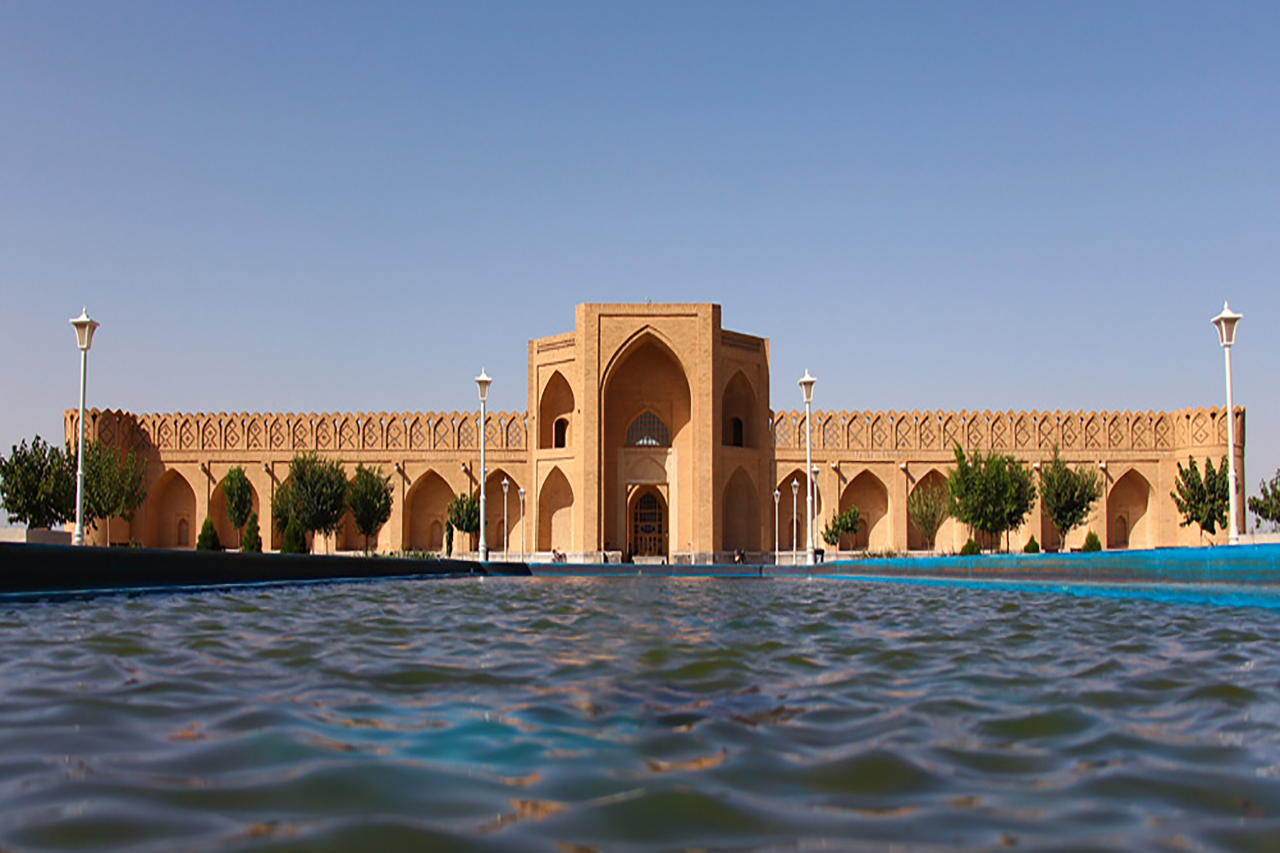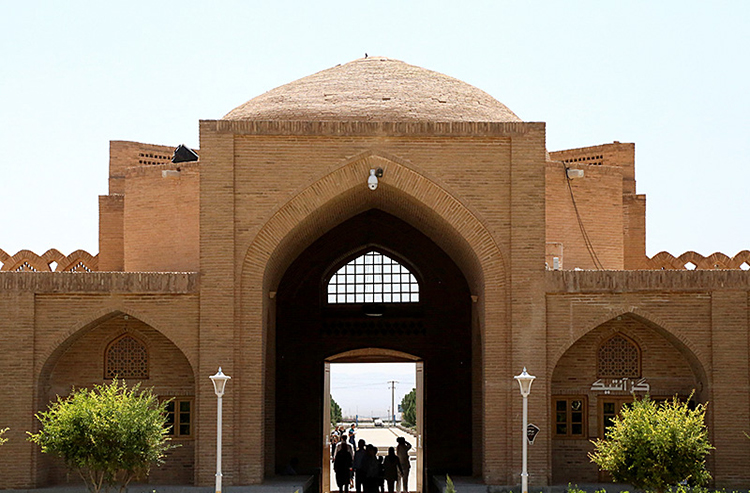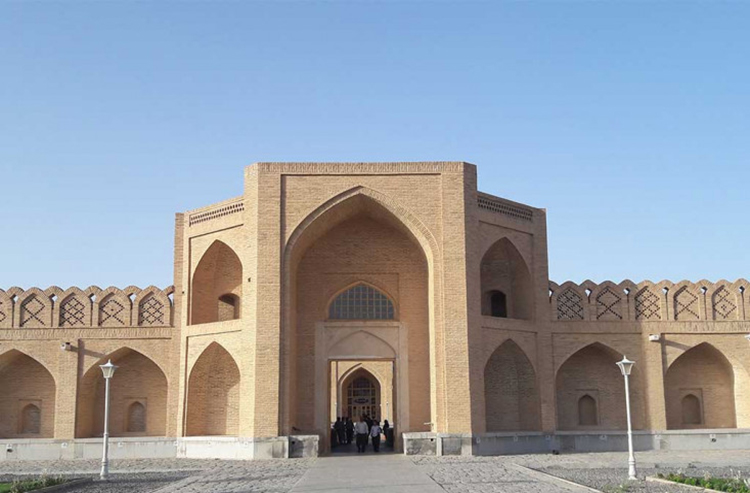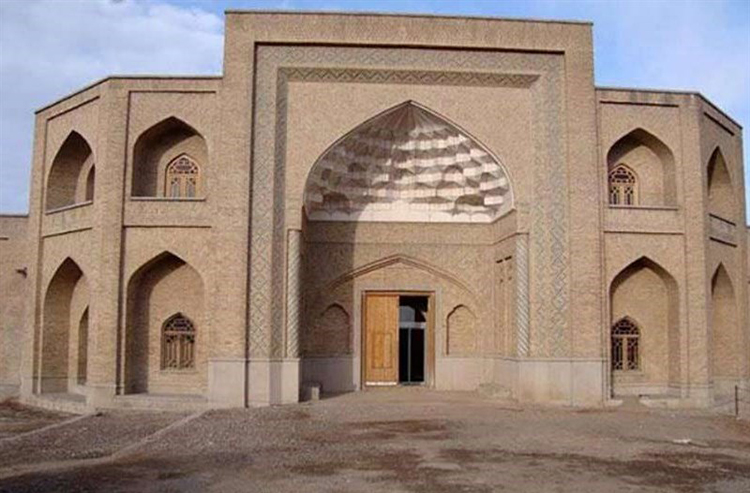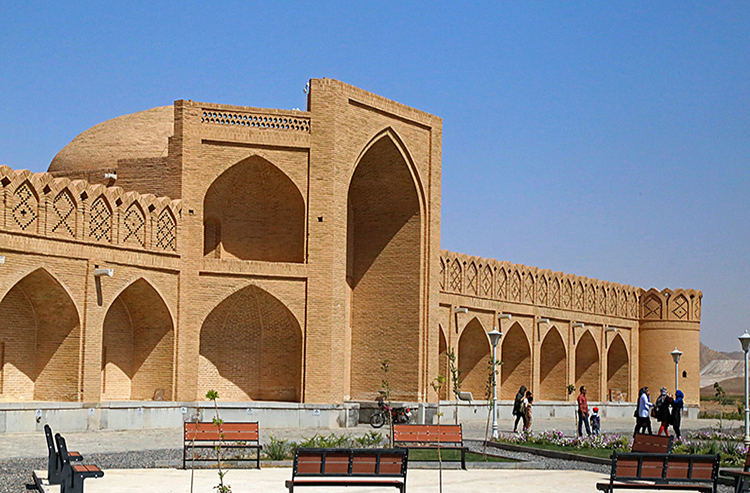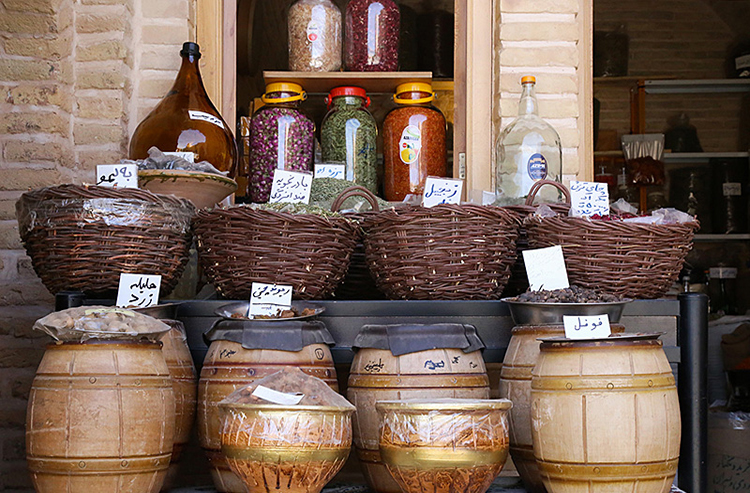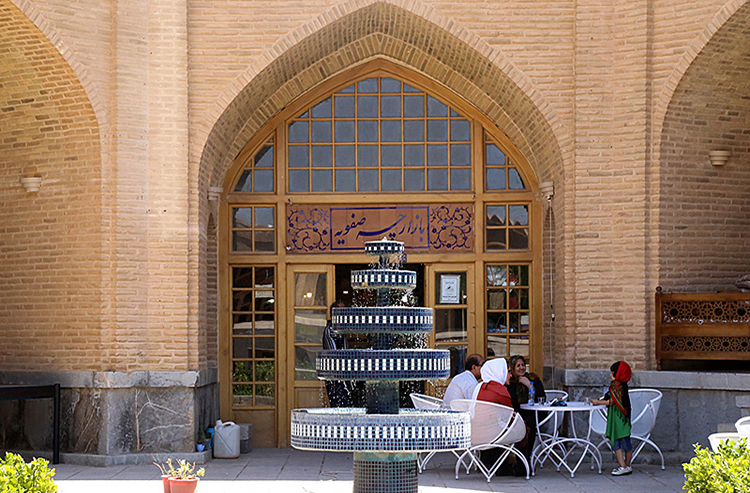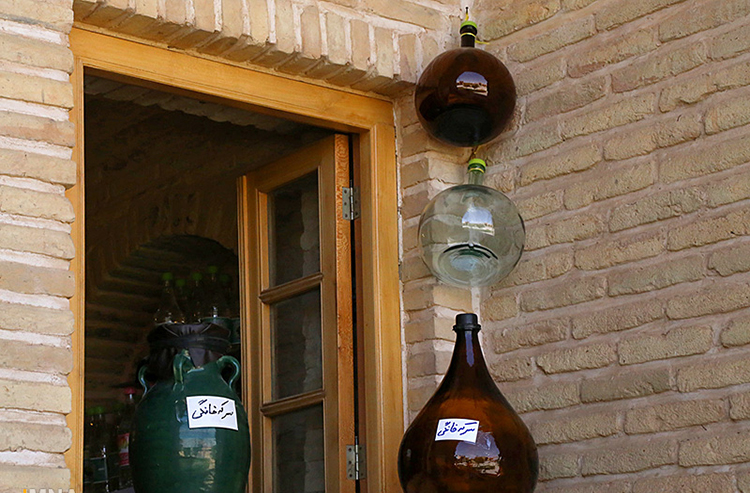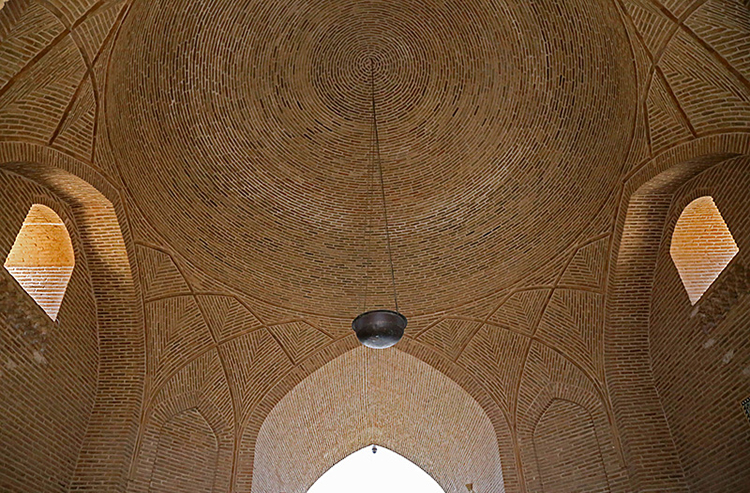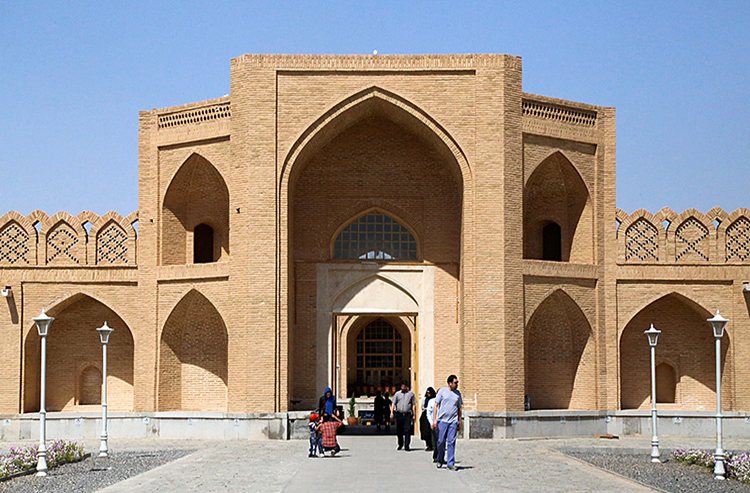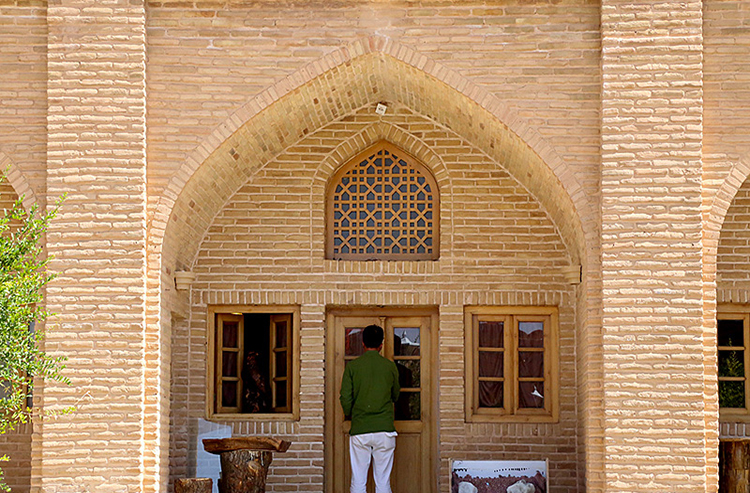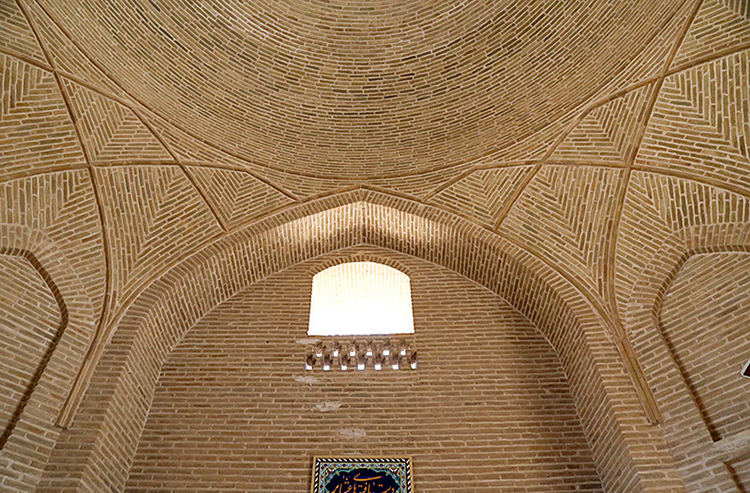Abbasi Caravanserai
History
Many stories have been told about the history of this place; some believe that Shah Abbas Safavi is dreaming that he will die in 1000 years. He vowed that if this were not happened, he would give free services to people like residential centers and services. Some believe Shah Abbas after improve the business began to build a number of residences to keep traders comfortable. Or the secretary of the king is suggesting to build 999 inns. (Nine thousand), because the word a thousand, more than nine hundred and ninety-nine. And some say that this mansion was built at the time of Shah Soleyan!
Importance of Abbasi Caravanserai
In the Safavid era, Isfahan was the capital and Abbasi Caravanserai’s was the last residence until reaching Isfahan. Ambassadors and foreign guests who wanted to see government officials stayed there to be allowed to visit. This inn is the most beautiful caravanserai on the way.
Architecture
From outside, we see a huge brick building, which, in the Vision of Maxim Siro , a French architect, it has very precise brickwork.
At the entrance from a short corridor, it reaches the edge where the guardians reside and served services such as grocery and bakery. Caravanserai courtyard has four porches with four corners. Eighteen rooms were built around the courtyard, each with a porch. And porch has feature of the Safavid era architecture.
Stalls
One of the stalls called elephant sleeping , and another Camel sleeping. It said elephant sleeping are for Indian guests coming from India. (Though it looks far!) These places are now stores and restaurants.
Decoration
Brickwork decoration is one of the features that was once again typical of the late Safavid era. The decorations used in the caravan shelter are comparable to those of the Riyavadebestan caravanserai. In addition, there were also tiles decorations that had disappeared.
